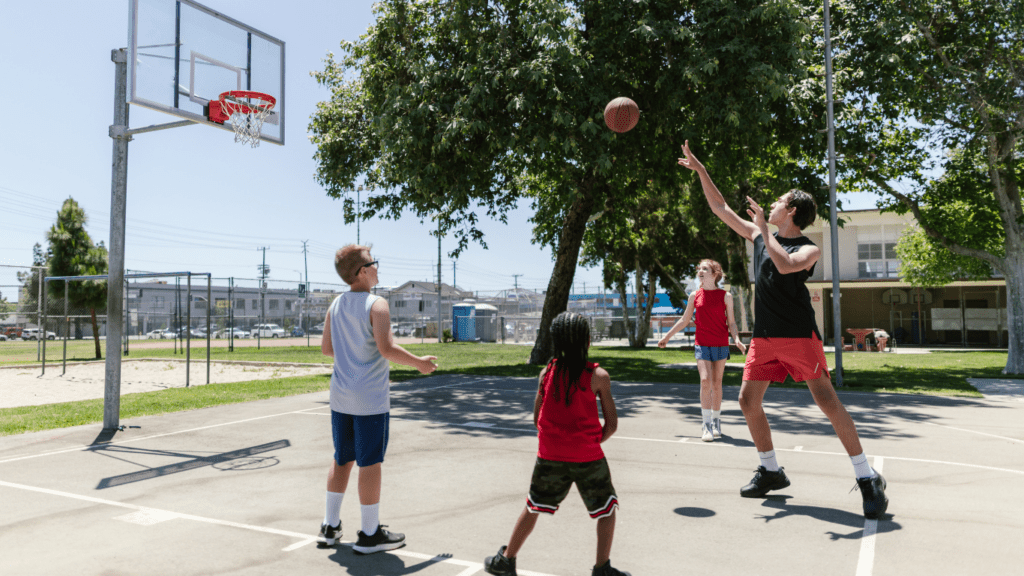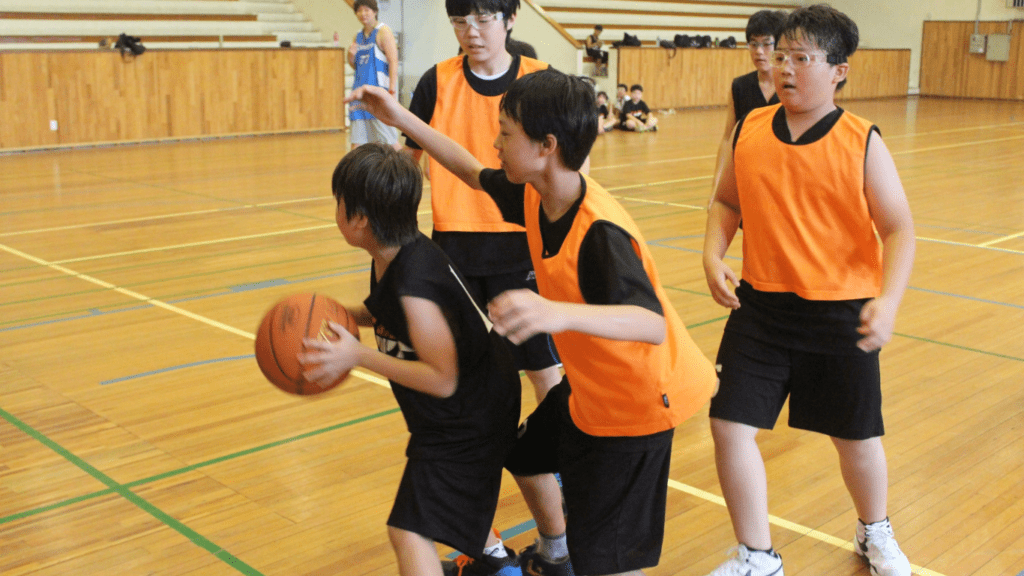In today’s NBA, the game has evolved into a dynamic display of versatility and skill, giving rise to the concept of positionless basketball. As a basketball enthusiast, I’ve witnessed a shift in the traditional roles players assume on the court.
Gone are the days of strict position assignments; instead, players now showcase a multifaceted approach that blurs the lines between guards, forwards, and centers. With teams prioritizing speed, shooting, and adaptability, the era of positionless basketball has revolutionized the way the game is played.
As I delve into this exciting trend, I’ll explore how players’ diverse skill sets are reshaping strategies, challenging opponents, and captivating fans worldwide. Join me as we uncover the impact of this transformative style of play on the NBA landscape.
Evolution of NBA Game Strategy
Exploring the evolution of NBA game strategy reveals a seismic shift towards versatility and adaptability. Teams in the league have transitioned from rigid positional play to a more fluid and versatile approach.
This transformation has redefined traditional player roles, emphasizing skills that transcend fixed positions. In this dynamic environment, speed and shooting have become paramount. Teams are focusing on players’ ability to shoot from long range, drive to the basket with speed, and defend multiple positions effectively.
This strategic evolution has revolutionized the way teams approach offense and defense, blurring the lines between guards, forwards, and centers. The emphasis on adaptability is reshaping player interactions on the court.
Coaches now seek players who can seamlessly switch defensive assignments, initiate fast breaks, and create mismatches on offense. The ability to play multiple positions at a high level has become a coveted skill in the modern NBA landscape.
As teams embrace positionless basketball, the game’s strategy continues to evolve rapidly. This shift not only impacts on-court dynamics but also influences scouting, player development, and overall team building strategies. The NBA is witnessing a paradigm shift towards a more dynamic and versatile style of play that challenges conventional basketball norms.
Impact of Positionless Basketball
Positionless basketball has revolutionized the NBA, leading to a seismic shift in game strategies and player roles. This innovative approach prioritizes versatility, speed, and shooting skills, shaping a new era in basketball.
Flexibility in Lineups
Embracing positionless basketball has allowed teams to be more adaptable in their lineups. They can now field players who are versatile and can perform multiple roles on the court seamlessly. This flexibility challenges traditional notions of positions, creating dynamic and unpredictable matchups during games.
Player Skills and Versatility
The emphasis on player skills and versatility has never been more critical in the NBA. Teams now focus on recruiting athletes who excel in various aspects of the game, such as shooting from long range, driving to the basket with speed, and defending multiple positions effectively.
This shift in player requirements has elevated the overall skill level in the league, encouraging athletes to hone a diverse set of abilities to succeed in the era of positionless basketball.
Teams Embracing Positionless Play
Exploring the current landscape of the NBA, I delve into how teams are increasingly embracing positionless basketball, a strategic shift that redefines traditional player roles on the court. This approach prioritizes versatility, skill diversity, and adaptive gameplay, revolutionizing team dynamics and strategic execution in the league.
- Golden State Warriors: Recognized for their early adoption of positionless basketball, the Golden State Warriors epitomize the fusion of skill sets across positions. Players like Draymond Green seamlessly transition between roles, showcasing the team’s commitment to versatility and fluid gameplay.
- Houston Rockets: Led by innovative coaching strategies, the Houston Rockets have embraced a positionless style focused on perimeter shooting and offensive spacing. Their emphasis on three-point shooting and floor spacing challenges traditional defensive schemes, creating dynamic opportunities on the court.
- Milwaukee Bucks: Under the leadership of Giannis Antetokounmpo, the Milwaukee Bucks epitomize positionless basketball by leveraging his unique skill set across multiple roles. The team’s emphasis on player versatility and adaptive strategies has propelled them to success, showcasing the power of a dynamic playing style.
- Miami Heat: With a strong emphasis on defensive versatility and adaptive gameplay, the Miami Heat have integrated positionless basketball into their strategic approach. Players like Bam Adebayo epitomize the team’s commitment to skill diversity and defensive flexibility, enabling them to counter diverse offensive threats effectively.
- Brooklyn Nets: The Brooklyn Nets have embraced positionless basketball through their star-studded lineup, featuring players like Kevin Durant and James Harden who can excel in various roles on the court. This versatility allows the team to adapt to different matchups dynamically, showcasing the power of skill diversity in modern NBA gameplay.
The NBA’s shift towards positionless basketball is evident in the strategic choices and gameplay dynamics of teams like the Golden State Warriors, Houston Rockets, Milwaukee Bucks, Miami Heat, and Brooklyn Nets. Embracing versatility, skill diversity, and adaptive strategies, these teams exemplify the evolution towards a more dynamic and fluid style of play in the league.
Future of the NBA with Positionless Basketball
In the fast-paced world of the NBA, the future is undeniably intertwined with the concept of positionless basketball. This strategic evolution has already begun reshaping the league’s landscape, and its influence is set to grow even further in the coming years.
Teams are increasingly prioritizing versatility, adaptability, and skill diversity over traditional player positions, leading to a more dynamic and unpredictable style of play. As I examine the trajectory of the NBA, I foresee a continued emphasis on speed, shooting, and defensive flexibility.
Teams will gravitate towards players who can seamlessly switch between offensive and defensive roles, blurring the lines of traditional positions. This shift not only challenges conventional game strategies but also demands a higher level of skill and adaptability from athletes.
Looking ahead, the future of the NBA with positionless basketball promises a league where every player must be a threat both offensively and defensively, regardless of their nominal position. Coaches will seek out athletes who can shoot from anywhere on the court, drive to the basket with finesse, and guard multiple positions effectively.
This trend will undoubtedly lead to a more exciting and competitive environment, where strategic innovation and individual skill development are paramount. In the era of positionless basketball, teams that embrace this concept wholeheartedly will have a significant advantage.
Those able to field lineups with versatile players who can excel in various facets of the game will be best positioned to succeed. The future of the NBA is bright, filled with fluid and dynamic gameplay that rewards skill diversity and tactical ingenuity.
As the league continues to evolve, one thing remains clear adaptability and versatility are the keys to unlocking success in the ever-changing landscape of professional basketball.






